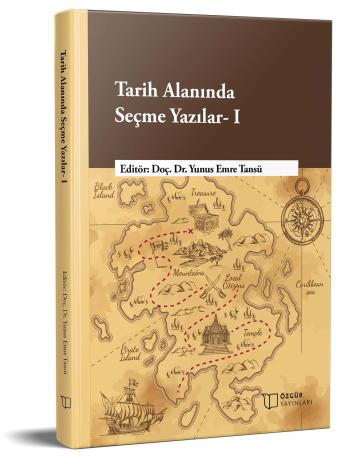
The Economic Dimension of the Armenian Atrocities in Kars
Chapter from the book:
Tansü,
Y.
E.
(ed.)
2023.
Selected Papers in the Field of History- I.
Synopsis
Armenians lived in an environment of peace, trust and tolerance for centuries under the rule of the Ottoman Empire. However, in the 18th century, these privileged positions of Armenians in the empire attracted the attention of European states, and they wanted to create a new area where Armenians could rule in the Caucasus by taking advantage of this situation.
As of the 19th century, Armenians took action to become independent. This thought of the Armenians was the result of the Russian provocation of the Armenians against the Ottomans. In particular, the use of Armenians in the Russian army against the Ottoman army during the 93 War also brought the Armenians' betrayal to the Ottoman Empire by contacting the Armenians in the Ottoman army.
Armenians took action against the Ottoman Empire with their desire to be independent, and with the support of the European States, they took action in order to get what they wanted and to establish a state of their own in Eastern Anatolia. In this direction, they first started to work to cleanse Eastern Anatolia from Muslims and to establish an Armenian state in the region. Due to their excesses in the region, they were subjected to forced migration by the Ottoman Empire. The Armenians showed their deportation as a massacre against the European states and tried to gain a place in the world public opinion.
Armenians began to massacre the people of Eastern Anatolia in order to become independent and establish a state in Eastern Anatolia. This study reveals the economic dimension of the massacre committed by Armenians in Kars and its surroundings.

